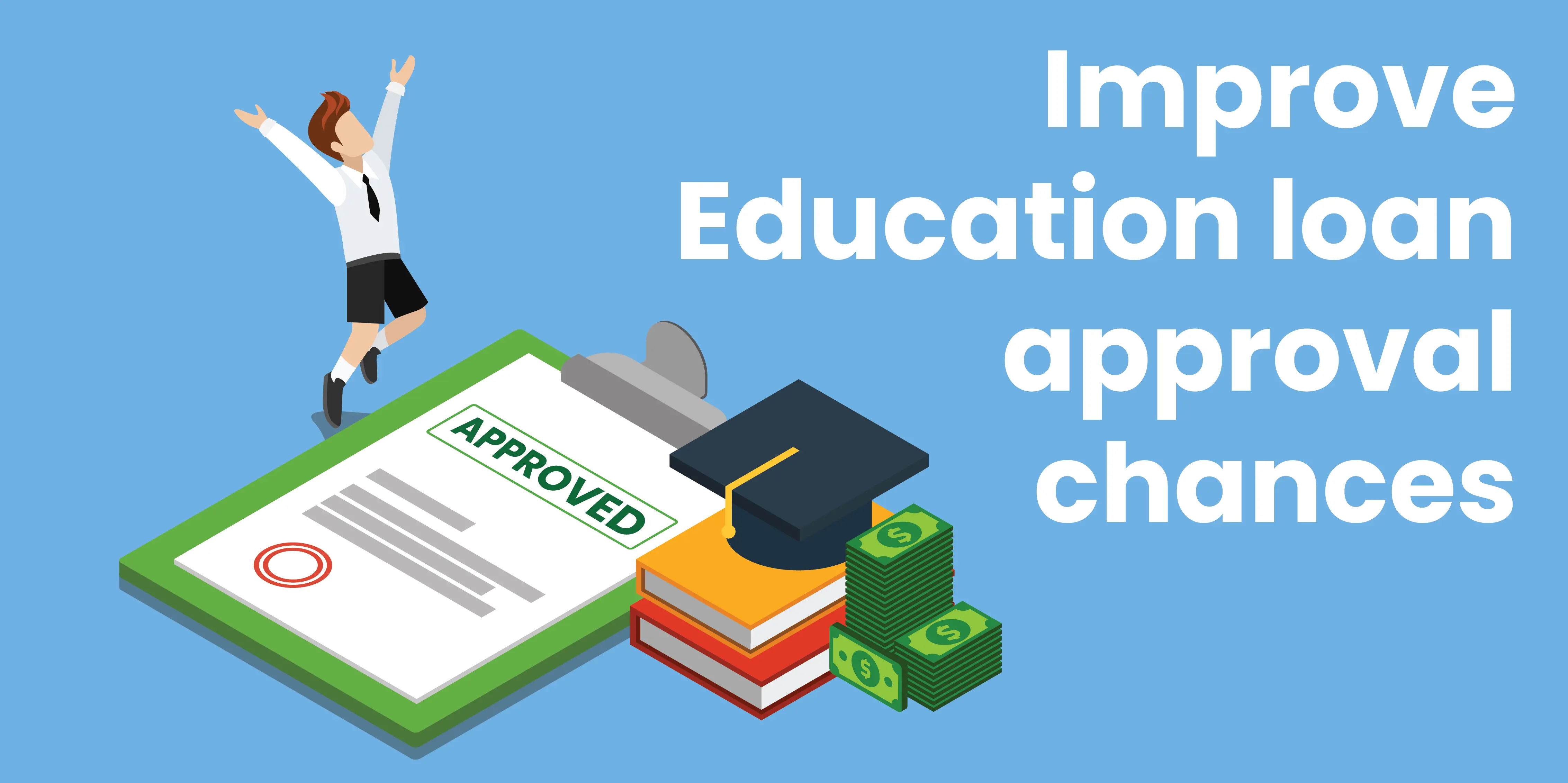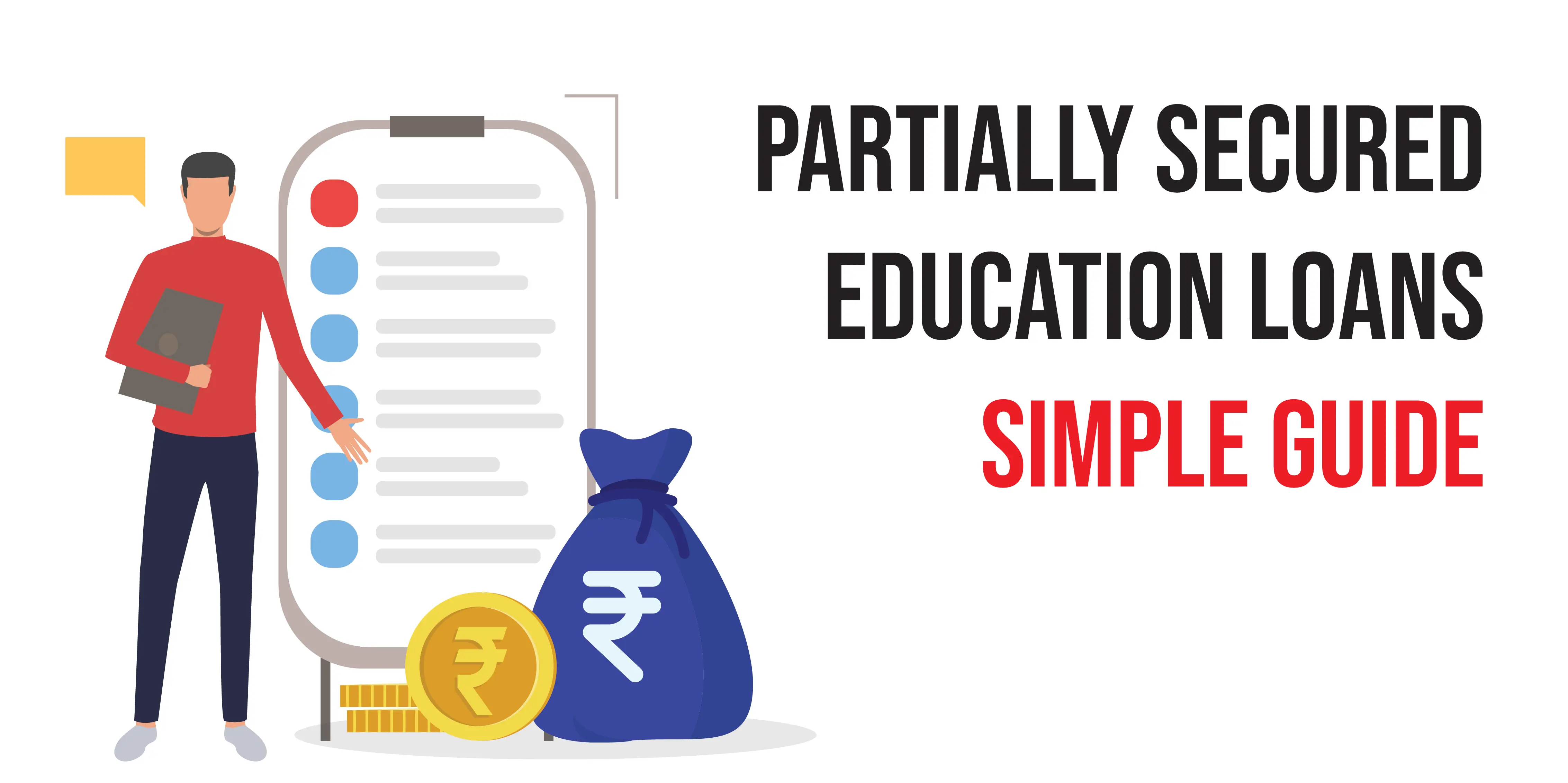https://www.wemakescholars.com/blog/education-loan-top-up-when-and-how-to-apply
When and How to Apply for an Education Loan Top-Up?
Abroad Education Loan | Updated

HEST 2025
India's Largest Higher
Education Scholarship Test
Total Scholarships up to 2 Cr
Know more and Apply
Registrations close in
With the cost of abroad education rising, many students rely on education loans to fund their higher studies abroad. These loans help students cover various expenses associated with studying abroad.
However, due to not borrowing enough, many students struggle to manage their student loan finances during their course. An education loan top-up is a reliable financial tool that increases the loan amount and helps students cover any unforeseen expenses while studying abroad.
This article explores the key insights of student loan top-ups and how they increase education loan amounts. We have also included the application process of a top-up education loan and several important factors you should consider before opting for one.
What are Education Loan Top-Ups?
An education loan top-up is the process where students borrow an additional education loan amount on their existing student loan. Students can opt for a top-up on their education loans to cover any unforeseen or increased costs, such as a hike in tuition fees and living expenses.
It helps students increase their education loan amounts without having to take a new loan to cover any unexpected expenses during their course.
How Does a Top-Up Increase Education Loan Amount?
A top-up helps students increase their education loan amount by providing additional funds on their existing student loans. Lenders assess the eligibility of the students before offering a top-up on their education loans.
The top-up amount offered on your education loan depends on several factors, including the lender, collateral involvement, the co-applicant’s income, and the repayments of the loan(if started). Here’s an example to understand how an education loan top-up works.
Example:
- Suppose a student named Rohan is eligible for an education loan of ₹60 lakhs for studying in the UK, and the tuition fee of his university is ₹35 lakhs.
- But not having the right guidance, he has borrowed only ₹4o lakhs without considering all the expenses, such as living expenses, travel expenses, study materials cost, etc.
- After a few months, Rohan has run out of his education loan funds and needs an additional ₹15 lakhs to cover his tuition fees and living expenses.
- Since Rohan only borrowed ₹40 lakhs, he can opt for a top-up to get an additional education loan amount.
- Depending on his eligibility, the lender can sanction a top-up education loan of up to ₹20 lakhs[Eligible amount(₹60 lakhs) - borrowed amount(₹40 lakhs)].
Contact WeMakeScholars for expert education loan support and guidance. When you apply for an education through us, our team of experienced financial officers will help you get the best education loan according to your eligibility. Request a callback today to get in touch with our team and get a smooth and stress-free education loan journey.
Education Loan Top-Up after Repayments
So what if the student needs a top-up after they started repaying the loan? Coming back to the above example, if Rohan has already repaid ₹10 lakhs of his education loan, the outstanding loan amount is ₹30 lakhs. In this scenario, he can potentially get a top-up of up to ₹30 lakhs [Eligible amount - Outstanding amount].
When to Get a Top-Up Education Loan?
You should consider a top-up education loan to cover unforeseen expenses during your course, such as:
- Tuition Fees Hike: You can opt for a top-up education loan when your tuition fee increases. By getting an additional education loan amount with a top-up, you can cover the latest tuition fee.
- Sudden increase in Living Expenses: Living expenses are one of the major concerns for students pursuing higher education abroad. Currency exchange rates and inflation significantly impact the cost of living in a country and can even lead to a sudden increase. Students can rely on top-up education loans to cover the increased living expenses while studying abroad.
- Change in Academic Plans: You can also use an education loan top-up to cover new expenses when you are planning to extend your course or take up an additional course.
- Unexpected Expenses: Many students struggle to manage their education loan finances when faced with unplanned expenses such as medical emergencies. Getting additional education loan amounts through a top-up can help students manage their finances during such unforeseen circumstances.
Oftentimes, many students borrow a smaller education loan amount than what they are eligible for. As a result, they struggle to manage their student loan finances, not having the right guidance. This is why at WeMakeScholars, we advise our students to take the complete amount required for their education. Get in touch with our team today to get expert guidance and complete support for your education loan.
How to Apply for an Education Loan Top-Up?
A top-up on an education loan is typically provided by the same bank that the student has taken the loan from. However, not all banks provide top-ups for education loans. You should carefully understand the lender’s policies for top-ups before taking an education loan from them. The following is the process of how you can apply for top-up education loans:
- Contact Your Bank: To get an additional amount on your existing education loan through a top-up, you should first contact your lender. Inform them that you would like a top-up on your student loan and state why you need the additional loan amount.
- Submit the Necessary Documents: Enquire your lender about the documents required to process your education loan top-up. Gather all the necessary documents supporting your need for additional education loan funds, such as a document containing revised fee details.
- Submit the Application Form: Submit the top-up application along with the gathered documents. Your lender can reassess your eligibility for processing your education loan top-up application. And depending on your top-up requirement, your lender can also require an additional co-applicant or collateral to process the top-up education loan.
As we have discussed, not every bank offers education loan top-ups. If your lender doesn’t provide a top-up on your student loan or is offering unfavorable terms, you can also consider alternate options, such as an education loan takeover. Transferring your education loan to a different bank can potentially offer a higher loan amount and a lower interest rate.
At WeMakeScholars, we have a dedicated education loan takeover team to help students transfer their education loans and secure favourable loan terms such as lower interest rates and higher loan amounts. Contact our team to make your education loan journey smooth and stress-free.
Things to Consider Before Applying for a Student Loan Top-Up
The following are several important factors you should consider before applying for a top-up to an additional education loan amount.
- Collateral: To process a top-up for a secured education loan, the bank will reassess the collateral value. Depending on the top-up requirement, banks can require additional collateral.
- Co-applicant Requirement: They also reassess the income and creditworthiness of the co-applicants and can even require an alternate or additional co-applicant with higher income to sanction a higher loan amount.
- Interest Rate: Your education loan interest rate can vary after opting for a top-up. Lenders can even increase your interest rate depending on the top-up amount, credit score, co-applicant’s income, and the collateral involvement.
- Repayment: An education loan top-up increases the overall loan amount to help students cover unforeseen expenses. However, it results in an increased overall education loan repayment cost, increasing the financial burden on students.
Conclusion
Education loan top-up is a convenient financial tool that helps students cover unexpected expenses during their course. Students can rely on top-ups to get an additional education loan amount without having to apply for a new loan. The top-up amount sanctioned by the banks depends on several factors, including the collateral involvement and income of the applicants.
A top-up education loan has a simple application process that involves contacting the lender, gathering required documents, and submitting the application. Although a student loan top-up helps students cover unplanned costs, they should also consider factors such as the collateral requirement, co-applicant, interest rate, and the repayment cost before applying for one.





Kindly login to comment and ask your questions about Scholarships & Education Loans